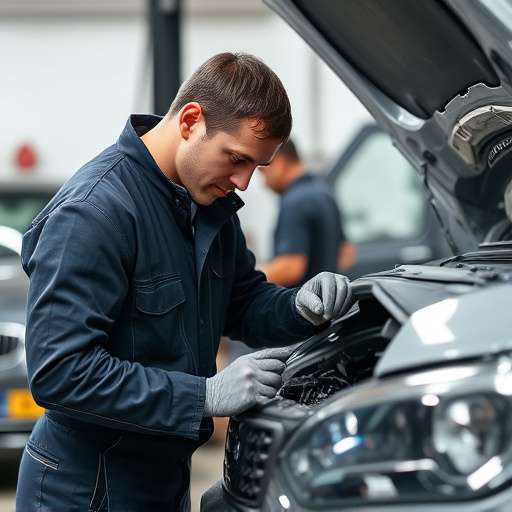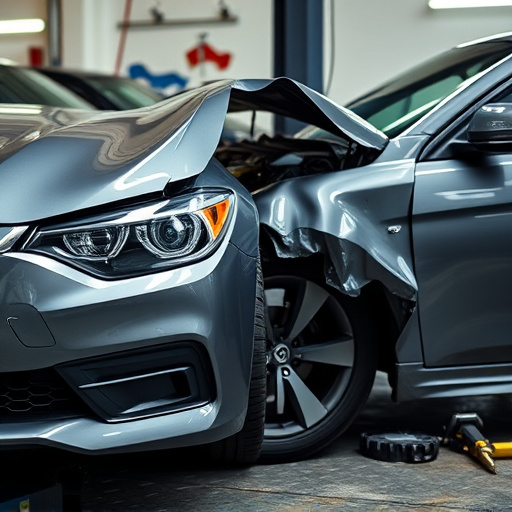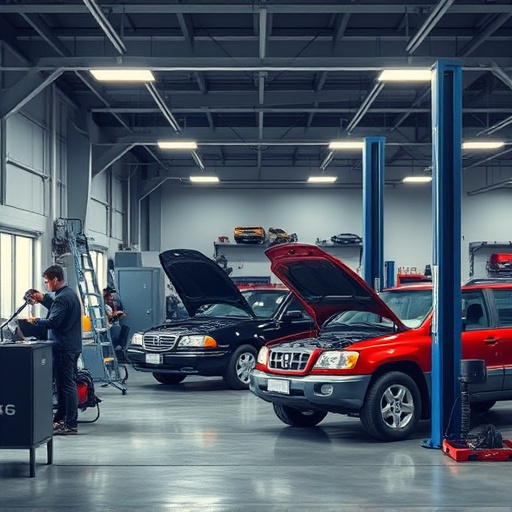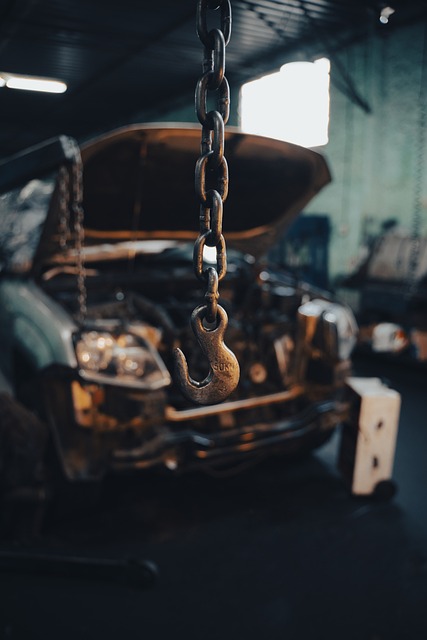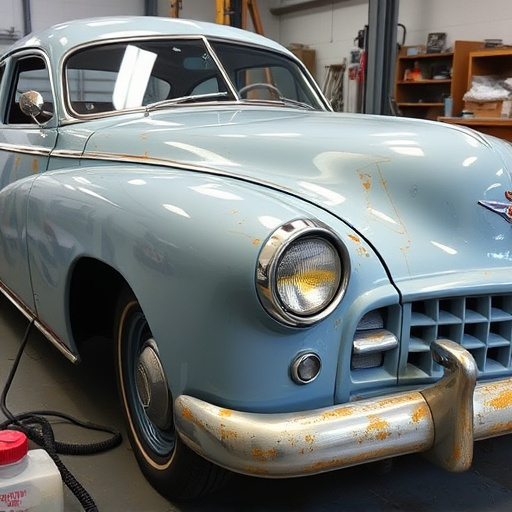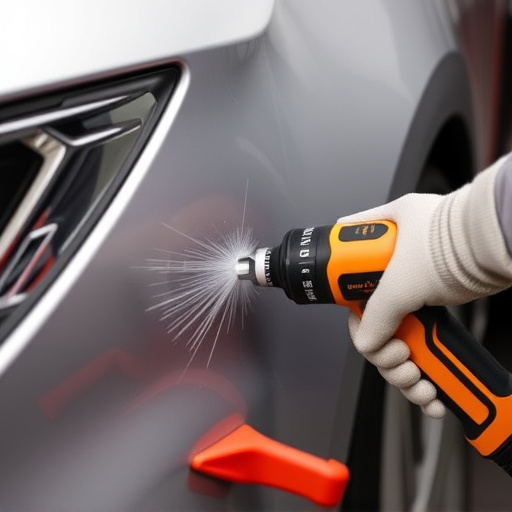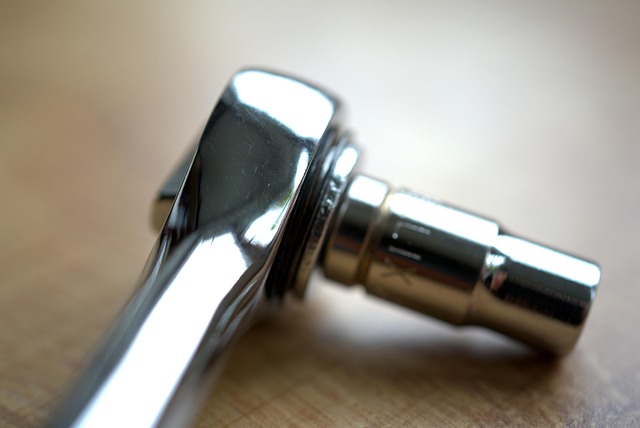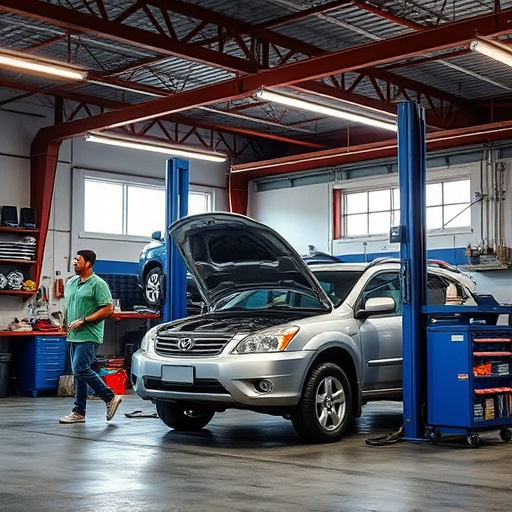Mercedes panel sectioning is a modern car manufacturing process that divides vehicle bodies into individual panels for efficient assembly, enhancing repair services, and prioritizing safety with stringent crashworthiness standards. This technique optimizes energy absorption during collisions, ensuring structural integrity and superior occupant protection, while meeting or exceeding factory crash ratings. It also revolutionizes dent repair and expedites production for advanced safety features, making it a key innovation in automotive design and safety for both new cars and electric vehicles.
Mercedes’ innovative panel sectioning technology is revolutionizing automotive safety. By dividing exterior body panels into distinct sections, this design enhances crashworthiness, ensuring structural integrity during collisions. This article delves into the fundamentals of Mercedes panel sectioning, explores its profound impact on crash safety, and discusses its growing role in shaping the future of automotive design. Uncover how this cutting-edge approach maintains factory-level ratings and contributes to safer vehicles on the road.
- Understanding Mercedes Panel Sectioning: The Basics
- How Does Panel Sectioning Impact Crash Safety?
- Benefits and Future of Mercedes Panel Sectioning in Automotive Design
Understanding Mercedes Panel Sectioning: The Basics

Mercedes panel sectioning refers to the process of dividing a vehicle’s body into individual panels or sections. This method is fundamental in modern car manufacturing, ensuring precise assembly and facilitating efficient production lines. Each panel is designed and crafted with specific safety considerations in mind, aligning perfectly with Mercedes-Benz’s commitment to top-tier crashworthiness.
By breaking down the vehicle bodywork into manageable components, car repair services and restoration processes become more streamlined. This approach allows for easier replacement of damaged or worn-out panels without compromising structural integrity. The practice is a testament to Mercedes’ ongoing efforts to enhance vehicle safety, ensuring that even after repairs or modifications, cars maintain their factory-level crashworthiness ratings, providing peace of mind for owners on the road.
How Does Panel Sectioning Impact Crash Safety?

Mercedes panel sectioning is a sophisticated technique that significantly enhances crash safety for vehicles. By meticulously dividing the car’s exterior panels into distinct sections, this process allows for better control during collision repair services. Each section can be tailored to absorb and distribute energy more efficiently, ensuring that the vehicle retains its structural integrity even after an auto collision repair.
This precision engineering ensures that every component of the auto body restoration is optimized for safety. The result is a vehicle that not only meets but often exceeds factory-level crashworthiness ratings, providing greater protection for occupants during an accident. This approach, therefore, stands as a game-changer in the realm of auto collision repair, offering both enhanced safety and improved structural stability.
Benefits and Future of Mercedes Panel Sectioning in Automotive Design
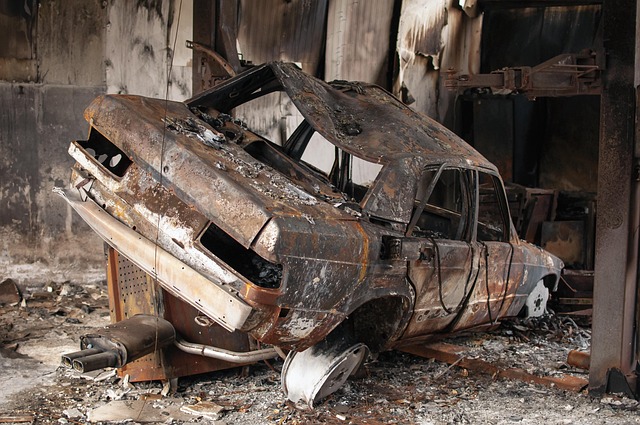
Mercedes panel sectioning is a cutting-edge technique that offers numerous benefits for automotive design and safety. By breaking down vehicles into modular sections, manufacturers can achieve precise engineering, making each component lighter yet stronger. This not only enhances fuel efficiency but also plays a significant role in maintaining factory-level crashworthiness ratings. In the event of an accident, these sectioned panels are designed to deform strategically, absorbing impact energy and protecting occupants—a key aspect often overlooked in car restoration or auto glass repair processes.
Looking ahead, Mercedes panel sectioning is set to revolutionize not just new car designs but also the realm of car dent repair. Its adaptability allows for easier customization, making it an ideal solution for electric vehicle (EV) development, where unique body shapes and structures are becoming the norm. Moreover, the method facilitates faster and more efficient production, enabling automotive companies to meet the ever-growing demand for vehicles with superior safety features—a crucial aspect in today’s competitive market, especially when considering the frequent updates in auto glass repair technologies.
Mercedes panel sectioning, a revolutionary automotive design technique, ensures that vehicles maintain factory-level crashworthiness ratings. By strategically dividing panels into smaller sections, this method enhances structural integrity during collisions, prioritizing passenger safety without compromising on vehicle aesthetics. As the automotive industry continues to evolve, Mercedes’ commitment to refining panel sectioning techniques promises to further improve crash safety standards, setting a benchmark for future designs.

